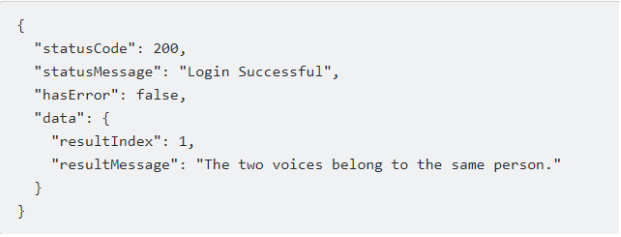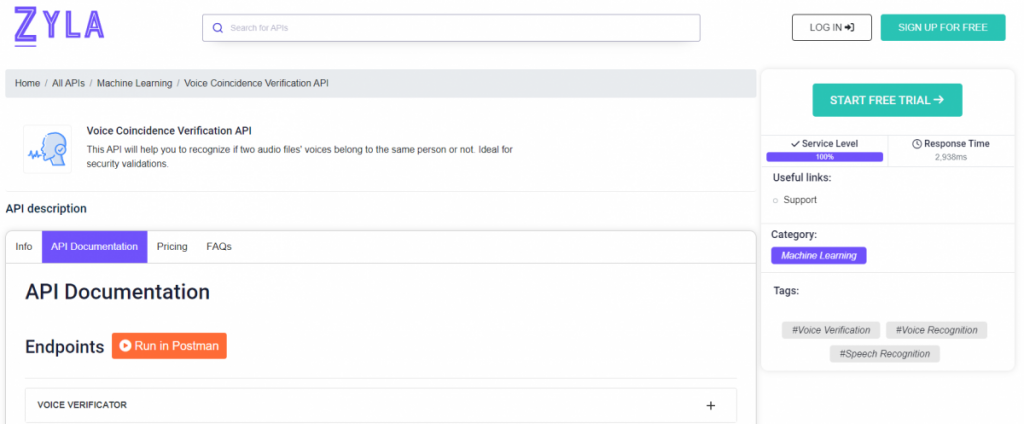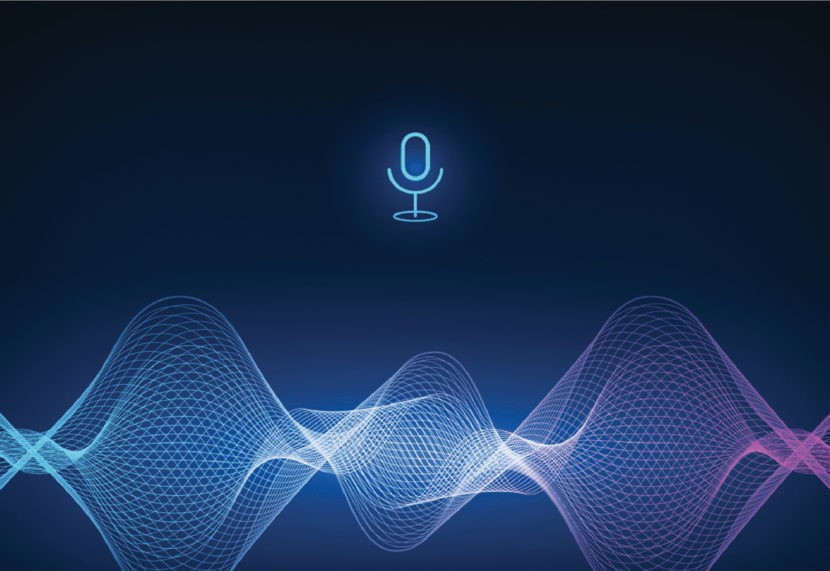In the digital age, ensuring the security and authenticity of individuals has become paramount. Traditional methods of authentication, such as passwords and PINs, often fall short in the face of increasingly sophisticated cyber threats. This is where voice verification APIs come into play, offering a novel and robust solution to verify and secure identities.
Among APIs, there are voice verification APIs, designed to compare two sound files and determine whether the voices in question are a match. This innovation has a wide range of applications, from enhancing security validations in applications to creating voice checkpoints at building entrances. In this article, we will explore the capabilities of one such API and delve into its various use cases.
Empowering Your Security
Voice verification APIs are cutting-edge developments that leverage the unique characteristics of a person’s voice to confirm their identity. It functions by taking two audio samples, typically from the same individual, and then uses advanced algorithms to compare the two. The result is a response that indicates whether the voices in the samples are a coincidence or not.
We recommend Voice Coincidence Verification API because it is built on the premise that each person’s voice is as unique as their fingerprint. The vocal patterns, pitch, intonation, and other acoustic properties all contribute to the distinctiveness of one’s voice. By comparing these characteristics in two different sound files, the API can provide a reliable assessment of voice matching.

Enhancing Application Security
Voice Coincidence Verification API is an ideal solution for applications that require a high level of security. For instance, in the realm of financial services, customers can record their voice during the registration process. When they later attempt to access their accounts, they can be asked to provide a new audio sample for verification. The API can then assess whether the voices match, granting or denying access accordingly. This method is significantly more secure than traditional password-based authentication, as it is much more challenging for an imposter to replicate another person’s voice accurately.
Building Entrance Voice Checkpoints
Security checkpoints at building entrances are crucial for maintaining a secure environment. With Voice Coincidence Verification API, organizations can implement voice-based access control systems. Employees or authorized individuals can enroll their voices in the system. When they arrive at the building entrance, they provide a voice sample for verification. If the voice matches the enrolled data, access is granted; otherwise, entry is denied. This adds an extra layer of security to sensitive areas and reduces the reliance on physical access cards or keys, which can be lost or stolen.
Phone-Based Authentication
Many organizations rely on phone-based authentication for remote access to systems and data. Voice Coincidence Verification API can be integrated into these systems, allowing users to verify their identities by speaking a passphrase or providing a voice sample over the phone. This can be particularly useful in call centers, where ensuring the identity of callers is crucial for data protection and customer security.
How Does This Voice Verification API Work?
Voice Coincidence Verification API works by comparing two audio files, at which point it will be able to deliver a response where it will show if the voice present in them belongs to the same person. The voice files in question must comply with the following requirements for the API to be able to process them:
- The audio files must be between three seconds and one minute
- The audio files must not exceed 5 MB
- Supported file types: wav, mp3, m4a, FLAC, aac, ogg
The response, delivered in JSON, looks like this:

How To Get This Voice Verification API?
Voice Verification APIs like Voice Coincidence Verification API are revolutionizing the way we approach security and identity verification. By harnessing the uniqueness of each individual’s voice, these APIs provide a robust and reliable means of confirming identity. From applications to building entrances, the use cases are diverse and promise enhanced security for various domains.
As we continue to rely on technology to safeguard our digital and physical spaces, the integration of voice verification APIs is a significant step toward a more secure and convenient future. Voice Coincidence Verification API is just one example of the innovations that are shaping the future of identity verification, where the sound of your voice may become your key to the digital world. You can get this powerful tool by following the instructions provided below:

- Go to www.zylalabs.com and search for “Voice Coincidence Verification API“, then click on the “Start Free Trial” button to start using the API.
- Register and choose the plan that suits you best, you can cancel it whenever you want, even at the end of the free trial.
- Once you find the endpoint you need, make the API call by clicking the “run” button and you will see the results on your screen. You can also choose the programming language of your choice and the response will be given in the friendly JSON format.

